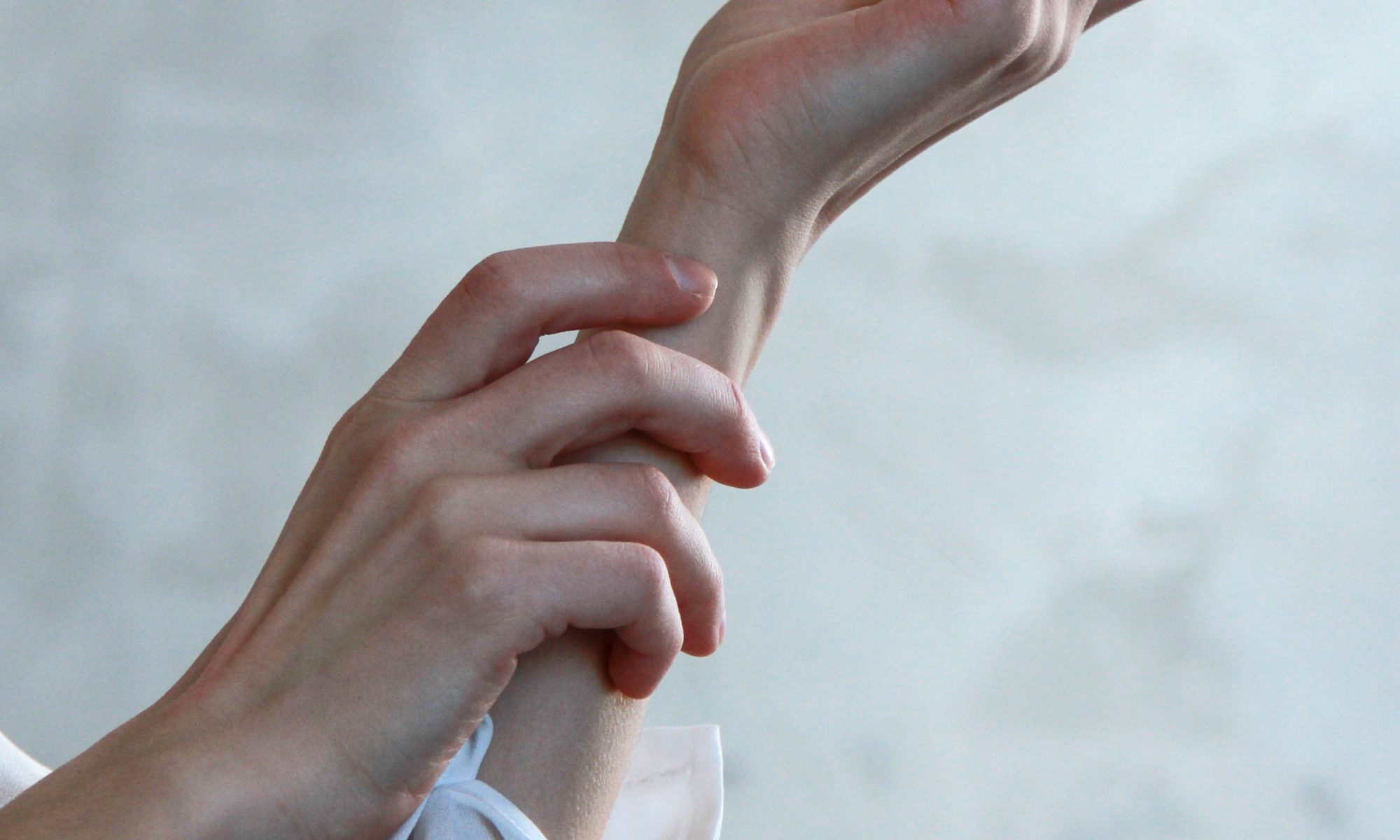The well-known Dr. Gil Yosipovitch, Professor of Dermatology at the University of Miami Miller School of Medicine and Director of the Miami Itch Center, recently lectured on various aspects of itch at the 2018 ODAC meeting. He has asked his two research fellows to write on the topic for Next Steps in Dermatology. This is the second article in our 2-part series.
Counseling patients with pruritus is often easier said than done. Patients suffering from chronic pruritus often require more time than the average dermatology visit. Establishing rapport with the patient is critical, as these patients often feel as though no one is listening to or acknowledging their suffering. It must be recognized that chronic itch can significantly decrease one’s quality of life. Patients often report a great deal of misery, ranging from insomnia, fatigue, irritability,
to increased stress and anxiety, depression and even suicidal ideation. It is also important to acknowledge and ensure patient understanding that there is often no “quick fix” to chronic itch, as appropriate expectations must be set.
Fortunately, there are various treatment modalities for pruritus that may be employed.
Topical medications
These are useful for mild and localized itch or can be used as adjuvant therapies. Lidocaine and pramoxine, both local anesthetics, have proven useful. Strontium, in the form of a hydrogel, is an effective topical antipruritic. Capsaicin is beneficial particularly for localized itch of neuropathic origin, for example brachioradial pruritus. Menthol can be helpful, especially in patients who report cooling as an alleviating factor. Another topical antipruritic includes a combination of ketamine, amitriptyline, and lidocaine. Of note, topical corticosteroids should only be reserved for the treatment of inflammatory skin disorders such as atopic dermatitis or psoriasis, as they are not directly antipruritic.
Oral medications
Mirtazapine, a noradrenergic and specific serotonergic antidepressant (NaSSA), is an effective oral therapy for nocturnal pruritus. The neuroleptics, gabapentin and pregabalin, are also useful treatments for chronic itch, in particular itch of neuropathic origin. Kappa opioid agonists, used as analgesics, have been shown to have antipruritic effects. For example, butorphanol administered intranasally has proven effective in treating intractable chronic itch. Oral antihistamines are only effective for chronic itch that is mediated by histamine, such as in chronic urticaria, drug-related itch and itch caused by insect bites.
Non-pharmacologic approaches
Stress reduction may help to decrease pruritus, especially in cases of atopic eczema and psoriasis. Acupuncture has also been shown to alleviate the intensity of itch. Progressive muscle relaxation (PMR), a form of behavioral therapy, has proven useful in different cases of chronic pruritus, including prurigo nodularis and atopic itch.
How do you choose which treatment to prescribe for your patient? When the cause of pruritus is not evident after a full history and physical, selecting a treatment can be challenging. However, here is a simple therapeutic ladder you can follow. Start with topical antipruritics, for these are the least invasive. If unsuccessful, you can add an antidepressant, such as mirtazapine. The next step would be your neuroleptics, gabapentin and pregabalin. If the patient is still experiencing pruritus, you can then step up to kappa opioids. Finally, you can add NK-1 inhibitors, which disrupt a major signaling pathway associated with substance P. Although shown to be successful even in the treatment refractory pruritus, NK-1 inhibitors are not yet FDA approved for the treatment of itch and can be expensive for patients. New NK-1 inhibitors are currently in phase 2 and 3 trials and show promise for treating itch of different types.
In brief, there are various treatment options for pruritus. Remember that treating a patient suffering from pruritus requires diligence, for one may not find the perfect treatment right away. Acknowledging the patient’s symptoms and performing a thorough history and physical exam to determine the type of chronic itch are essential in order to select the best option for treatment. Scheduling regular follow-up appointments is also important, both to assess for improvement, as well as to further build the patient-physician relationship which is crucial to the treatment of patients with pruritus.

